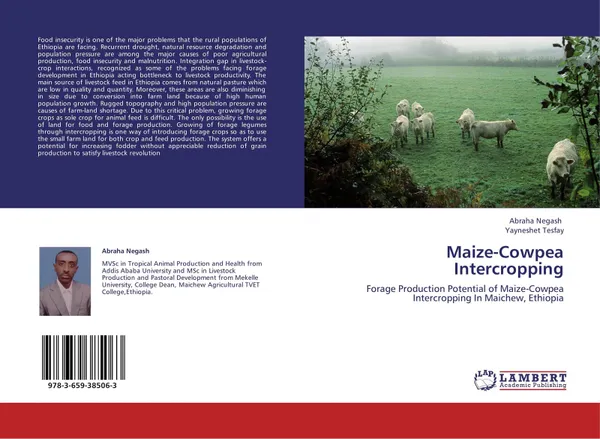Maize-Cowpea Intercropping
📘 Food insecurity is one of the major problems that the rural populations of Ethiopia are facing. Recurrent drought, natural resource degradation and population pressure are among the major causes of poor agricultural production, food insecurity and malnutrition. Integration gap in livestock-crop interactions, recognized as some of the problems facing forage development in Ethiopia acting bottleneck to livestock productivity. The main source of livestock feed in Ethiopia comes from natural pasture which are low in quality and quantity. Moreover, these areas are also diminishing in size due to conversion into farm land because of high human population growth. Rugged topography and high population pressure are causes of farm-land shortage. Due to this critical problem, growing forage crops as sole crop for animal feed is difficult. The only possibility is the use of land for food and forage production. Growing of forage legumes through intercropping is one way of introducing forage crops so as to use the small farm land for both crop and feed production. The system offers a potential for increasing fodder without appreciable reduction of grain production to satisfy livestock revolution
Мнения
